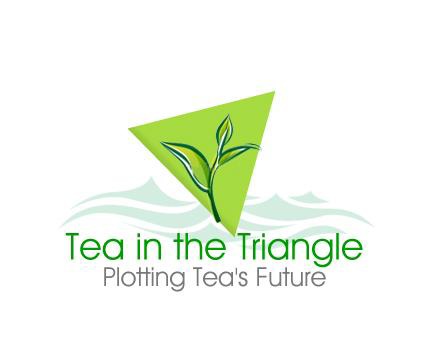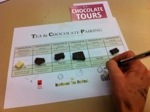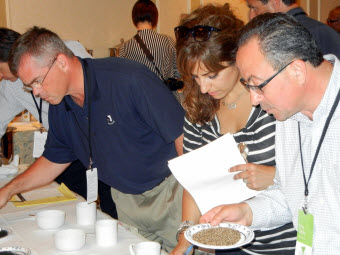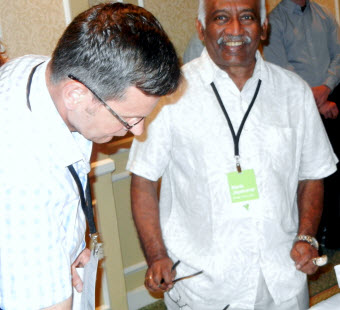World Tea News recently published an article on the emergence of many popular tea brands on offer in Bitcoin’s new online MegaStore.
Larger retailers with a thorough understanding of the risks should definitely consider accepting Bitcoins as this digital currency promises to significantly lower the cost of online transactions. BusinessWeek reported Dec. 27 that Overstock.com will accept Bitcoins beginning in mid 2014. With 2012 revenue of $1.1 billion Overstock is the largest retailer to accept the world’s leading cryptocurrency. There are now 12.1 million Bitcoins in circulation, valued at $13 billion.
Should your venture accept Bitcoins?
The novelty of buying things with Bitcoins has a certain appeal to consumers but most of those who own Bitcoins are holding them tight anticipating an increase in value greater than current savings rates.
Prices for tea in the MegaStore (which lists 100,000 items and went live in August) are displayed as a percent of the current value of a Bitcoin. A single coin was trading for $858 last week when the article was published. At that rate ?0.0842 was the equivalent of $72 (all dollars US unless otherwise stated). Between Dec. 5 and Dec. 7 Bitcoins dropped from $1242 (the price of gold) to $600 in 48 hours. On Dec. 23 Bitcoins were trading for $634 making a dollar worth ?0.00157. On Dec. 31 the buy price was $735.80. On Jan. 4 the buy price topped $1000.
This volatility illustrates one of the obstacles to widespread use of any peer-to-peer payment system. To insure that Bitcoins remain “rare” there will ultimately be only 21 million in circulation. This means that even small numbers of speculators trading Bitcoins will alter its value in the market.
The fact that the currency lacks liquidity and is accepted by only a small (albeit fast-growing) number of vendors suggests Bitcoin will emerge as the strongest of the cryptocurrencies but anyone can create a competing product, make it equally scarce and useful provided enough vendors accept it as payment.
To reduce this risk Bitpay and Coinbase were established as Bitcoin wallets willing to immediately convert the digital currency into dollars (and other local currencies). Retailers use these wallets to accept Bitcoins and generally sell the Bitcoins they collect every night to minimize risk. At Coinbase there are no chargebacks or exchange rate risk and no fees on the first $1 million in transactions with 1% fee to cash out Bitcoins after $1 million in sales. Bitpay charges $300 per month for accepting Bitcoins on up to three domains with no transaction fees. A single domain account is $30 per month and accommodates 20 shopping cart plugins.
Other advantages include the fact that retailers can accept mobile payments from any country in the world without PCI Compliance; direct deposit to your bank daily and accept payments over wi-fi and 3G/4G without the need for NFC terminals.
Critics point out that Bitcoins are not legal tender and therefore are not regulated by legal tender laws. Bitcoins have no intrinsic value which means if they fall in value, unlike gold and silver, they could fall to zero. There is no government backing, no Federal Deposit Insurance Corp. rescue plan. Bitcoins are not going to replace the U.S. dollar.
All that said, there is value in a frictionless exchange of a universal currency that is not subject to geopolitical influence. The payment system is transparent and math-based, not subject to government manipulation. It protects against identity theft. It is private but not anonymous to guard against money laundering and fraud. Bitcoins will grow in popularity so long as online purchases require credit card authentication with its requirements of a billing address and the burden of fees and onerous service charges.
Compared to existing payment systems Bitcoin is almost as handy and frictionless as cash.
Learn more at: Bitcoin.org and BitcoinFoundation.org and BitcoingCharts.com and BitcoinMagazine.com








